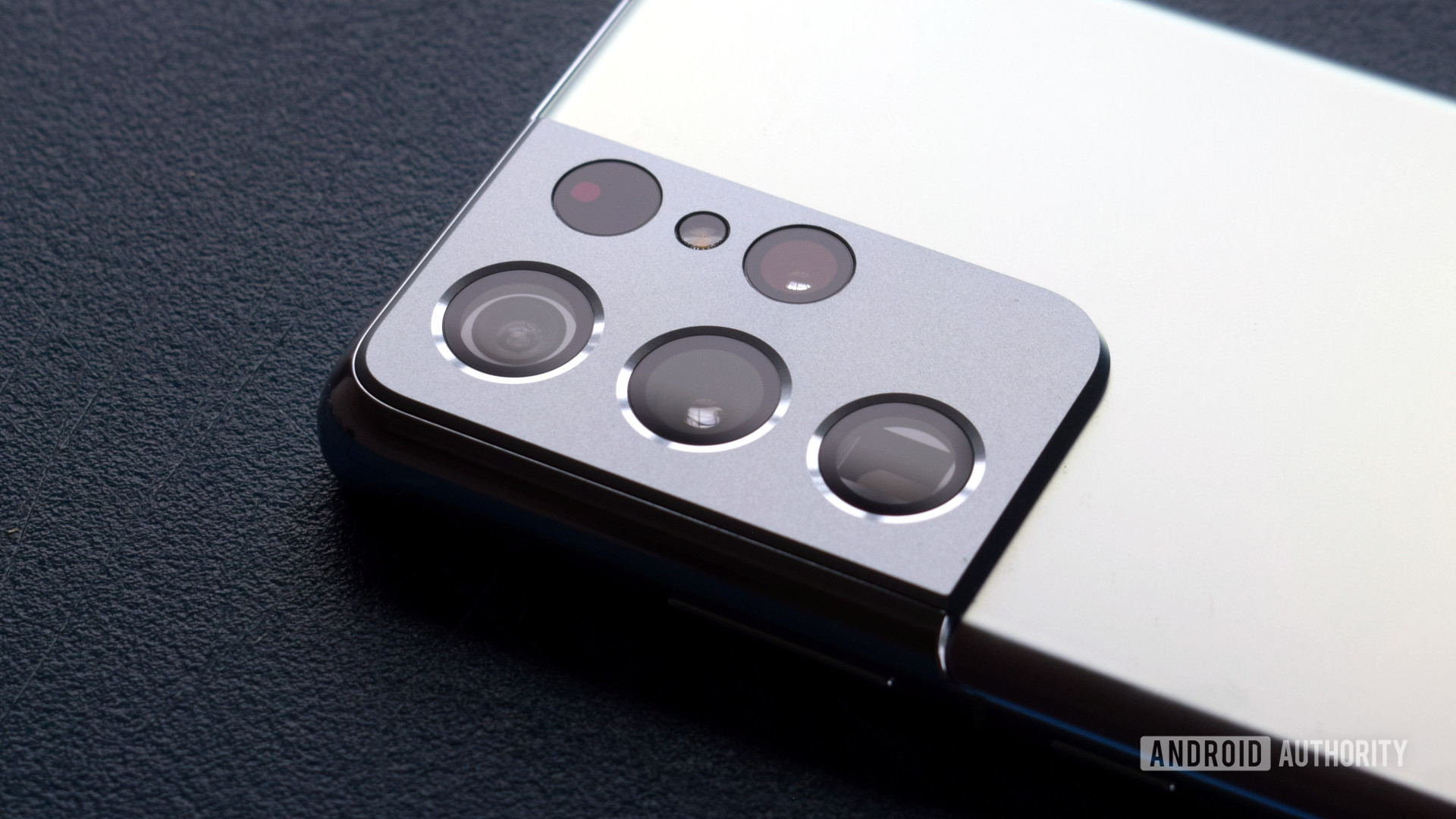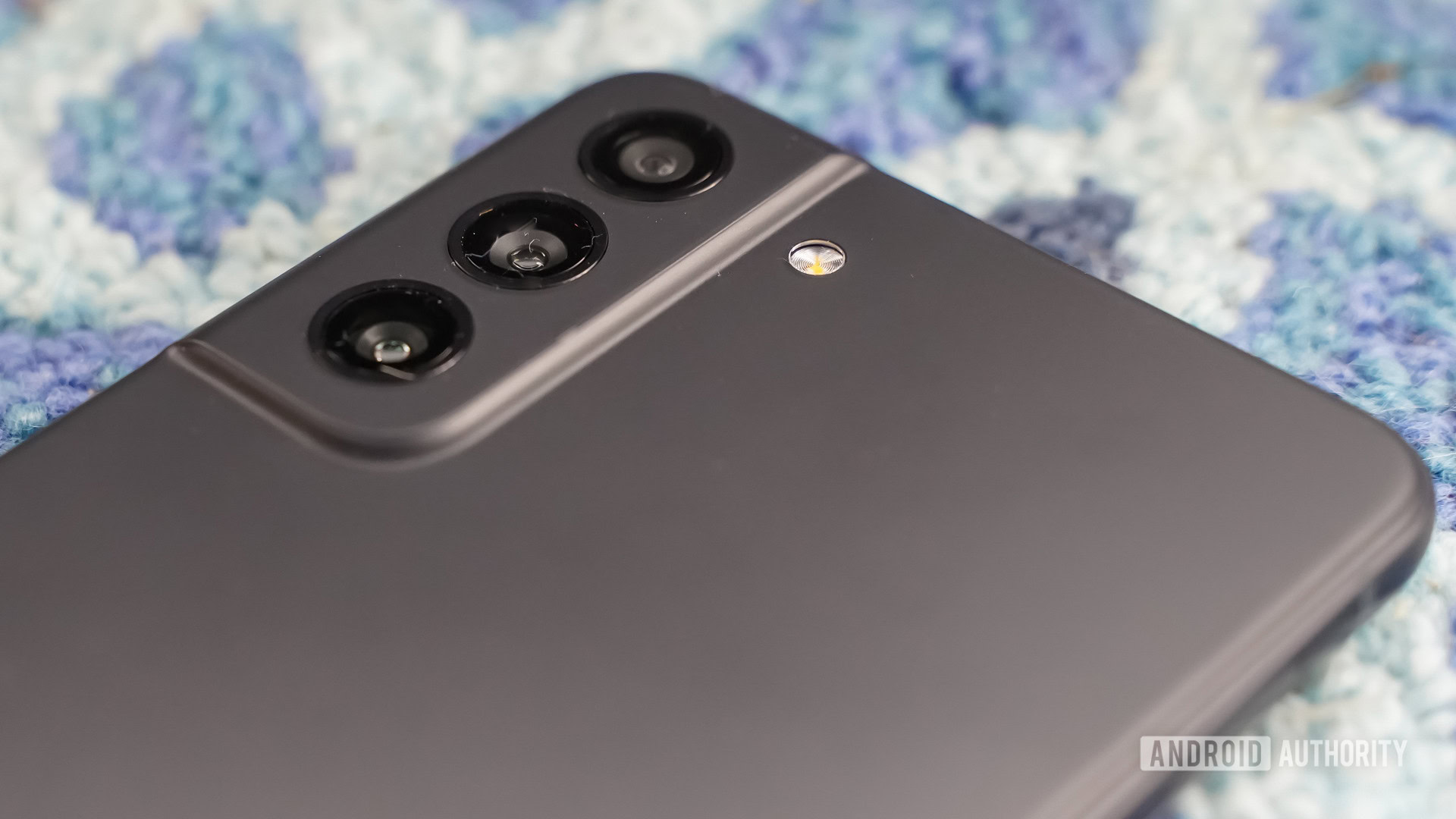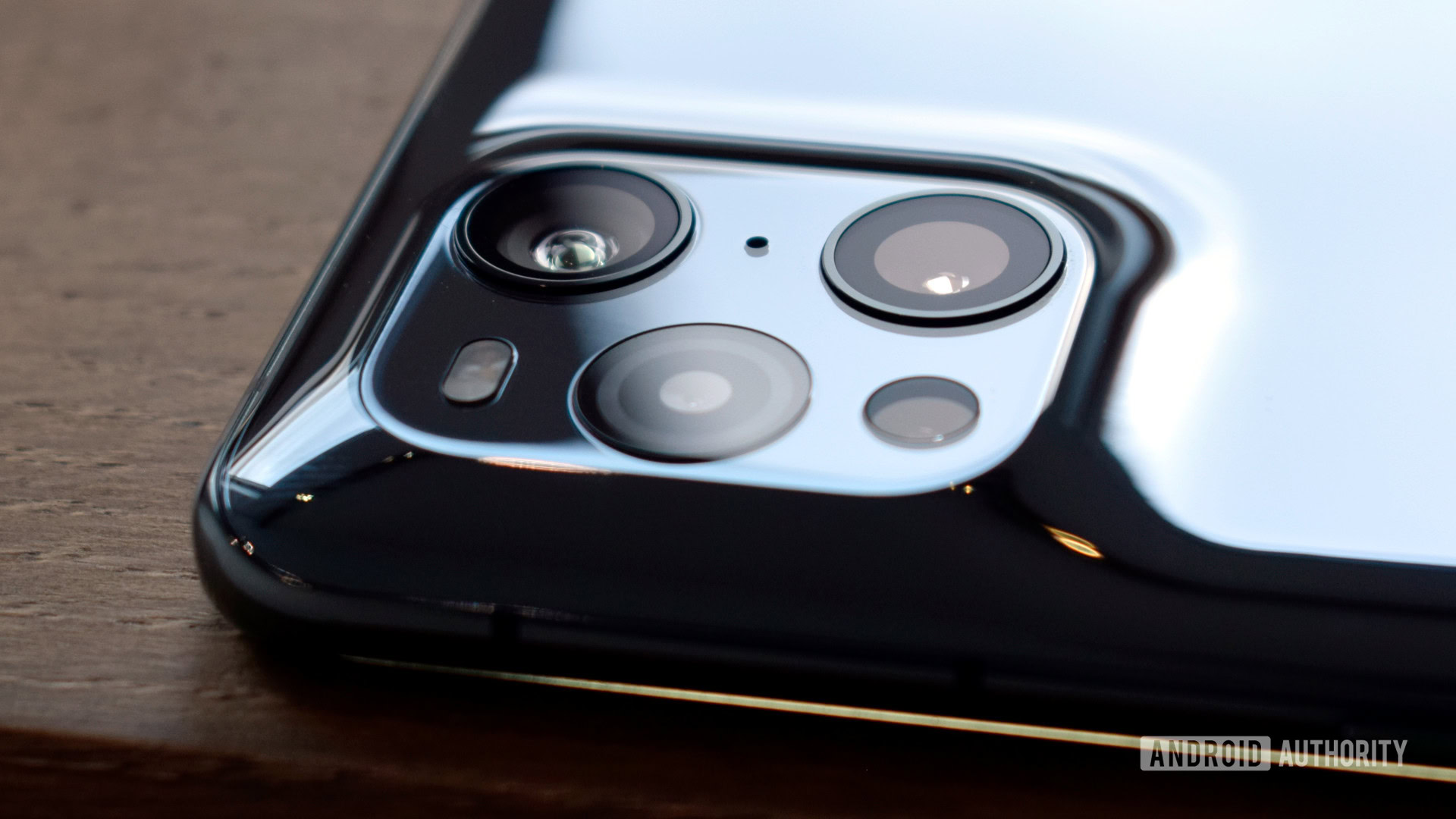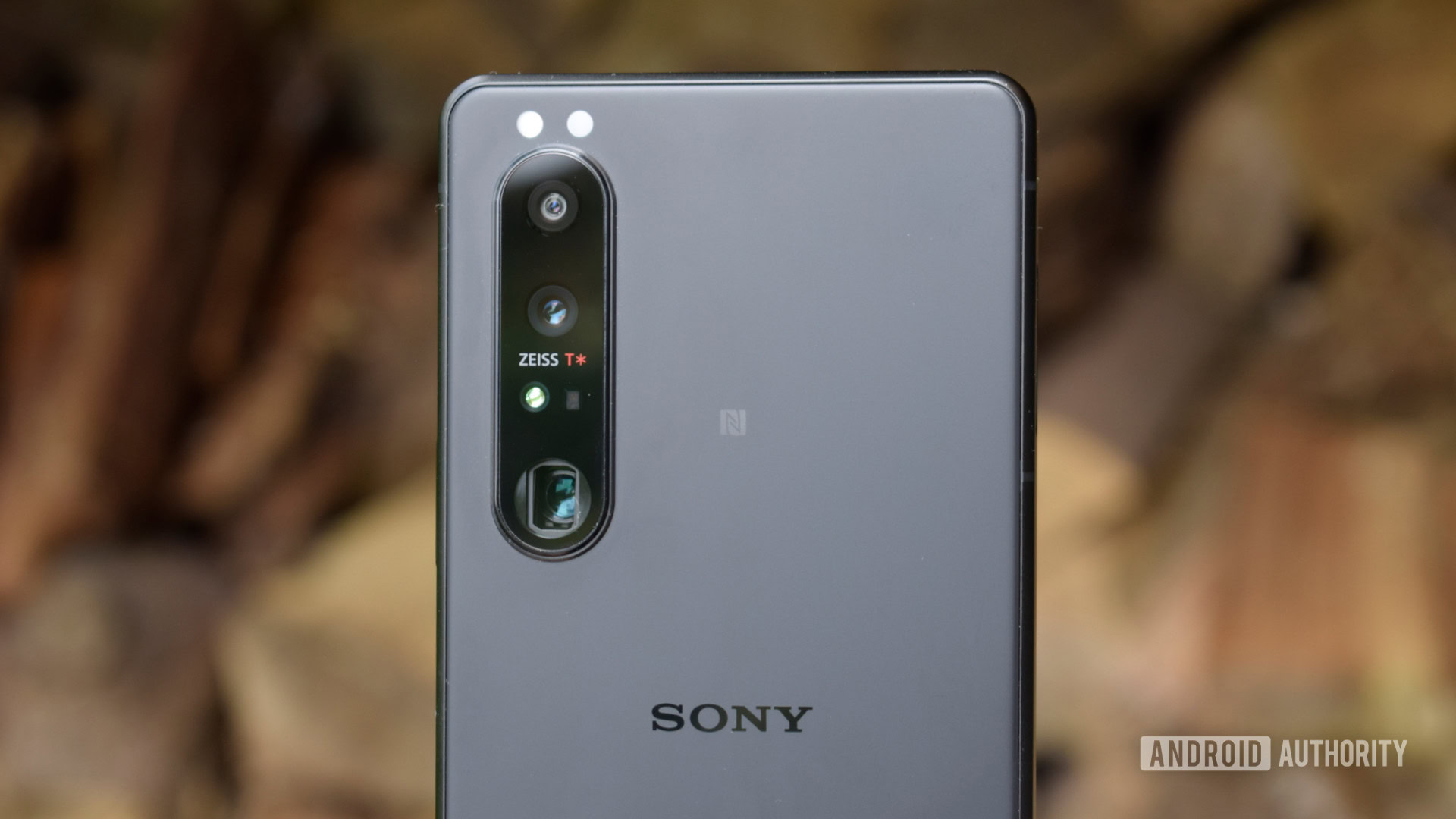Affiliate links on Android Authority may earn us a commission. Learn more.
Camera zoom explained: How optical, digital, and hybrid zoom work

Since optical zoom entered the mobile market, conversations about zoom technology in smartphones have become more common. Smartphones can now implement all three types of camera zoom: optical, digital, and hybrid. Such concepts can be confusing if you’re not familiar with the topic, so we are here to clear any doubts.
Also: These are the best camera phones you can find right now
What is camera zoom?

Let’s start with the basics. In photography, camera zoom refers to making a subject appear closer or further away in an image. Zooming in gives you a closer look at objects, while zooming out will let you capture a wider space. This can be done by using optics to magnify an image or simply cropping into an image area. Nowadays, you can also use a mixture of both techniques, which is what hybrid zoom is all about.
More: Here are some photography terms you should know
Optical zoom

Optical camera zoom is achieved using a series of lens elements. Glass can move through the lens to zoom in or out. Optical zoom offers the best results and is the truest form of image magnification. Because the content in your photograph is enlarged by manipulating rays of light coming from the scene, optical zoom offers lossless results.
Optical zoom offers the best results and is the truest form of image magnification.Edgar Cervantes
In essence, optical zoom should offer identical results to moving closer to your subject. Of course, that’s only in theory. Glass quality can affect results. Aperture can also be affected as you increase the focal length depending on the lens. Regardless of the downsides, optical zoom continues to be the best solution if you can’t physically get closer to your subject.
In smartphones, optical camera zoom is a novel feature. Samsung made the Galaxy Camera back in 2012, but that didn’t take off, and neither did the second iteration. Polaroid and Asus also gave the idea a shot without much success. But those were niche products with little to no appeal to general consumers.

Meanwhile, common modern smartphones like the Sony Xperia 1 III and Samsung Galaxy S21 Ultra phones are highly appealing to consumers, and also have camera zoom lenses installed inside. Unlike a DSLR or point-and-shoot camera, lenses don’t protrude out of these devices (though they have a slight bump). Instead, these phones can have embedded periscope-like lens setups that achieve the same effect without affecting looks. Other smartphone camera lenses with less complex arrangements must sacrifice focal length.
In the case of smartphones, lenses don’t move to achieve optical camera zoom. Instead, the phone seamlessly switches to the camera with the higher magnification factor.
Next: Here are the best Android mobile camera lens add-ons
Digital zoom

Digital camera zoom achieves a similar effect to optical zoom without using mechanical work or glass elements. It will essentially crop the photo, cutting off areas around your scene to make it seem like you are closer to the subject. Unlike optical zoom, digital zoom is not lossless, meaning some information from the scene is discarded in the process. That’s why digitally zoomed images will often look blurry and smudgy.
Digital zoom is good to use when you need to compose an image better and can’t physically move in closer, but keep in mind image quality will deteriorate as you zoom in.
Digital zoom is the equivalent to cropping an image.Edgar Cervantes
As mentioned above, digital camera zoom is the equivalent of cropping an image. This is why I recommend taking shots at the original focal length if you rely on digital zoom. You can always trim later if you must. Results will be the same.
Digital zoom is what most smartphones use, but they tend to get some help on the software side of things. Let’s talk about that!
Next: What goes into making a great smartphone camera?
Hybrid camera zoom
Hybrid camera zoom is a newer concept used in smartphones. It uses optical zoom, digital zoom, and software to improve results when zooming in further than the lens’s physical capabilities.
Modern phones with optical zoom usually have lenses with 3x-10x optical zoom. Trying to zoom in further than that should result in loss of quality, as you would technically be using digital zoom. This is where hybrid camera zoom comes to the rescue.
While each manufacturer’s algorithms and techniques vary, the general concept is universal. Hybrid zoom uses software enhancements and computational photography to create a better image from multiple photos. This is similar to Night Mode and HDR, but focuses on detail instead of exposure.
The manufacturer can take advantage of the phones’ different sensors and focal lengths to simultaneously grab detail from multiple cameras. All this information can then be used to improve the digitally zoomed photo intelligently. It’s certainly not at the true optical camera zoom level, but it’s more powerful than basic digital zoom for preserving fine details at a distance.
If smartphone zoom capabilities aren’t enough, you’ll need to go get a more serious camera. Here are some of our recommended shooters.